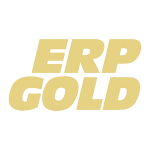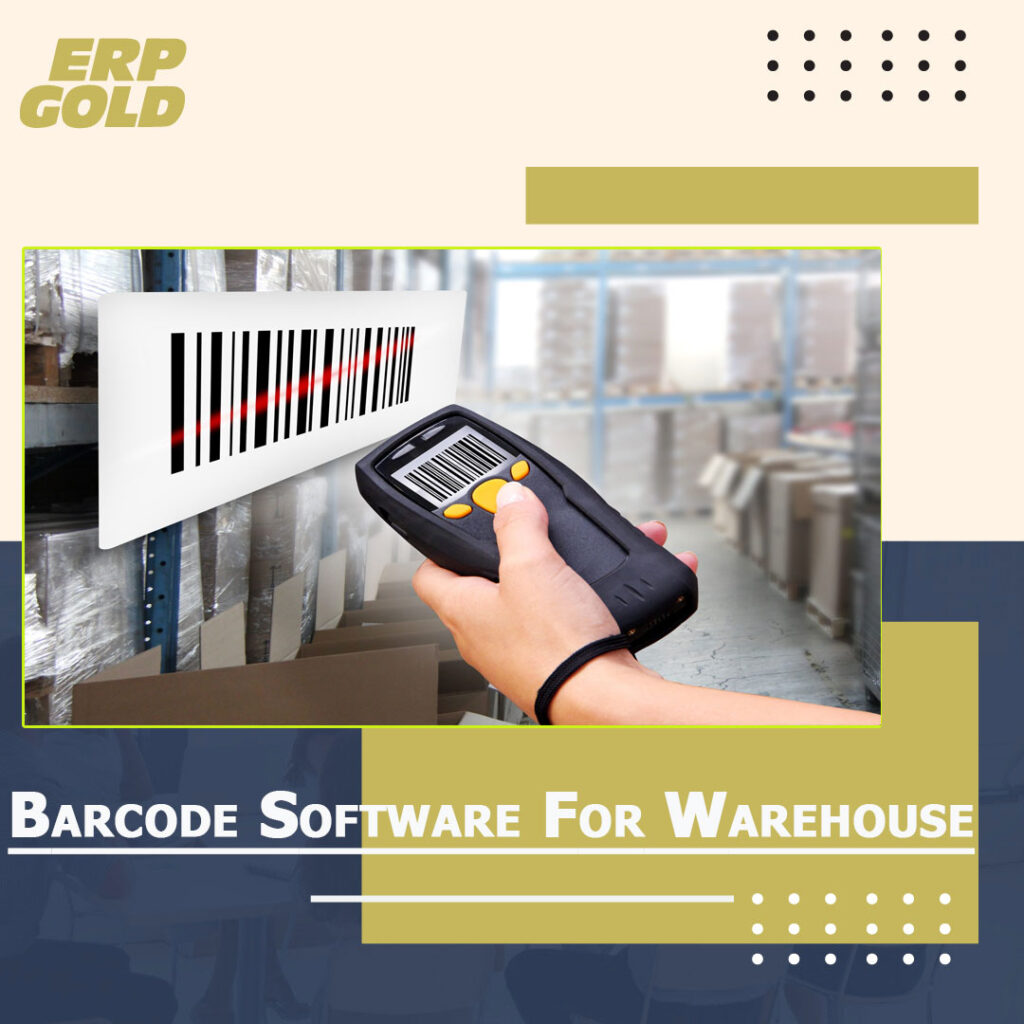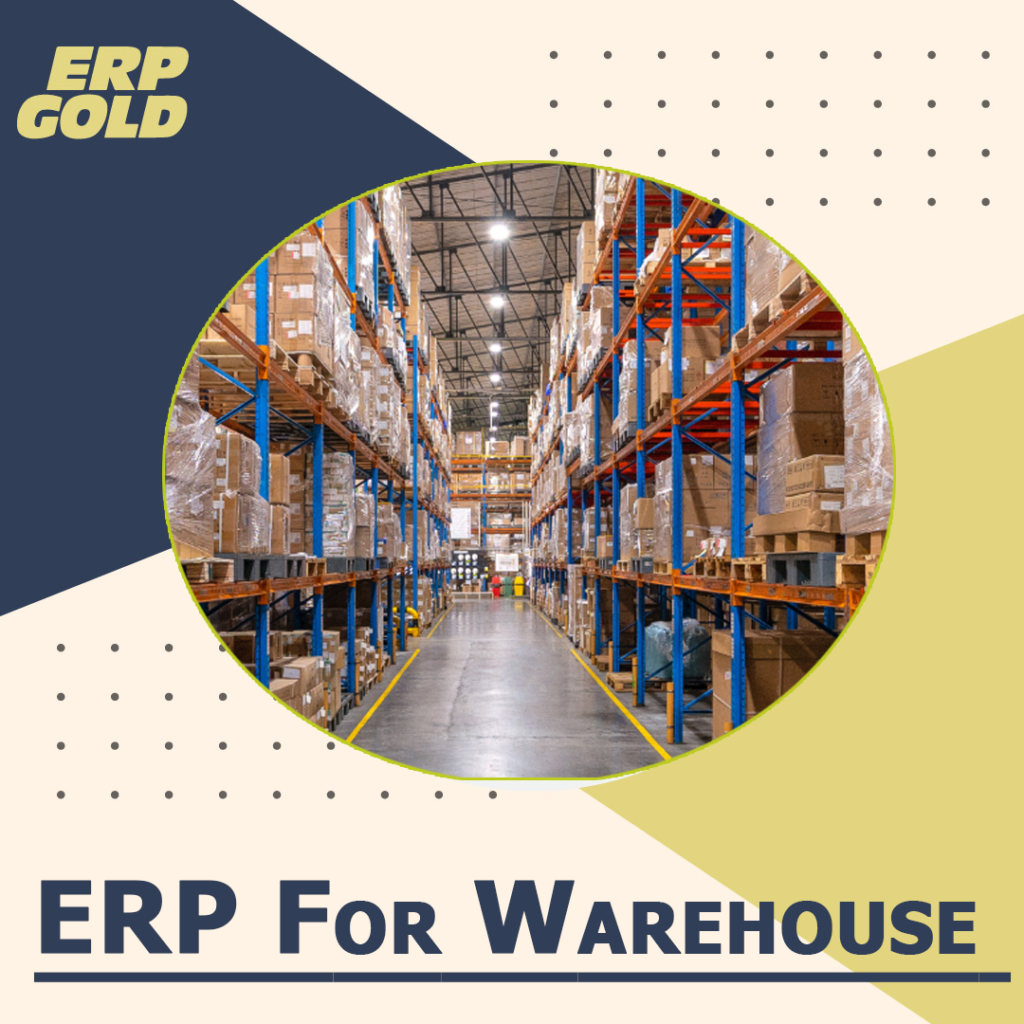What is manufacturing stock management Software?
Manufacturing Stock management software is used to track completed items and raw resources. It is an application that lets you manage your inventories, their location, and status.
Stock management software automates operations such as tracking manufacturing inventories, managing reorders, and updating accounting data.Infact, this software will allow you to know what is occurring with your stock at any moment
Industrial Manufacturing stock management Software’s reliability, effectiveness, and features are critical to everyday corporate operations.
Key Function of Manufacturing Stock Management Software
Getting manufacturing stock management properly may help you keep costs down by managing your supply chain effectively.
Manufacturing stock management Software is a computer-based system that automates all manufacturing stock management operations. It will help you keep track of orders, manufacturing stock management levels, sales, and delivery at the point of purchase, streamlining your manufacturing stock management.
- Manufacturing stock management Control Made Easy
A Manufacturing stock management Software streamlines the process of controlling manufacturing stock management, saving time and money. It streamlines company operations and helps you make better choices.
- High-efficiency Workforce
A stock management Software increases productivity and efficiency by automating everyday manual operations, allowing your firm to develop faster. The program will enable you to print shipping labels, manage inventories, handle and dispatch orders, and create and update listings all from one dashboard.
- Boost Profits
The program also leverages marketing and manufacturing to maximize profits and return on investment. Businesses may cut costs and increase profits with the capacity to automate critical company procedures, such as controlling stock levels, updating listings across all selling channels, and processing orders.
- Avoid stockouts and overstock
There is multi-level stock management. Managing and maintaining manufacturing stock management balance may be difficult. A stock out may upset consumers and result in a loss, while excess goods take up warehouse space. In any case, it is business expenditure. Manufacturing stock management Software monitors stock levels and automatically reorders products.
- Quality Control
This program discovers and analyses problems such as late shipments, damaged goods, etc., and gives insights to help improve quality.
- Supply-Demand Balance
A good stock management Software will meet customer expectations on time and on budget.
- Prognosis and planning
The stock management Software will help you determine the possibility of creating additional regional warehouses near important customers to boost efficiency and service levels.
- Manufacturing stock management Reports
The program will create reports for you. You will get reports on low-stock, perpetual manufacturing stock management validation, and manufacturing stock management prediction.
- A one-stop-shop
Order management, listing management, and shipment management are vital features of a reputable Manufacturing stock management Software that can help streamline the whole selling process.
- Serial-number tracking
It also tracks serial numbers. The program controls an unlimited number of serial numbers from receipt to issuance, and the data is saved in the system for future reference.
Advantages of Manufacturing Stock Management Software
Effective warehousing and stock management software helps warehouses organize and simplify activities. Having stock in the correct location at the right time may dramatically minimize delivery costs.
- Overall Cost Savings
Less mistakes equal less resources spent repairing them. Fewer mistakes mean less damage control.
Organizing your stock saves you money on unneeded storage. As a result, stock managers may relax knowing that the key goods are scheduled to renew automatically. This allows for more product diversity and reduces stock costs.
Automation saves time, which saves money. You need fewer humans to choose, pack, and prepare shipments when you employ AI and robots.
- Affordability of Stock
Many merchants’ stock is just 63 percent correct. Given the potential consequences of an incorrect order, this figure seems modest. Manufacturing stock management Software minimizes stock requirements while enhancing order accuracy.
Companies may save a lot of money and time by reducing retained stock. Companies that adopt a sophisticated Stock management system may shut one or more warehouses and save money.
Just-in-time stock is a notion that complements stock monitoring software. This stock method enables a corporation to continuously monitor stock levels and only maintain what is required in the near term on hand.
Companies may use stock management software to be nimble and handle inventories better. Using some of these tactics may increase your system’s ROI.
- Prevent Over or Under Stocking
Every day, stock managers must deal with maintaining stock levels. Unchecked stock levels may lead to either too much or too little stock. In either case, not ordering enough of a popular item may lead to stockouts, lost sales, and unhappy consumers. Too much merchandise makes moving difficult and takes up precious warehouse space.
Much Manufacturing stock management Software utilizes algorithms to compute reorder points for different commodities to keep consumers happy and maximize warehouse space.
- Better customer
Happy customers mean positive ratings and repeat business. You’ll also gain industry trust and reputation. An stock management system’s features are all geared to help you wow your clients.
- Automation Saves Time
Stock management systems save time and money. No need to manually enter product or box numbers using barcode scanning and other agile stock handling tools. The system allows workers or robotic pickers to scan more items every shift.
- Managing Multiple Locations
Larger companies are early users of Manufacturing stock management Software and other stock resource planning tools, such as accounting software, since this strategy scales effectively. Businesses can easily monitor stock across numerous warehouse sites using real-time stock data.
Conclusion
Most of the software-making companies are helping manufacturers and companies to improve the way they do business. We develop software that will take your company through an evolutionary leap. We have a different approach to building software; we believe in working closely with our clients and build custom solutions instead of off-the-shelf packages.


